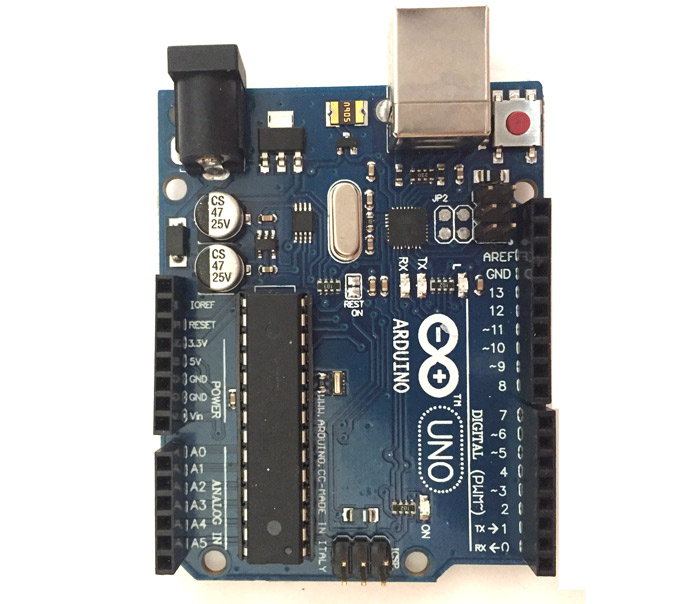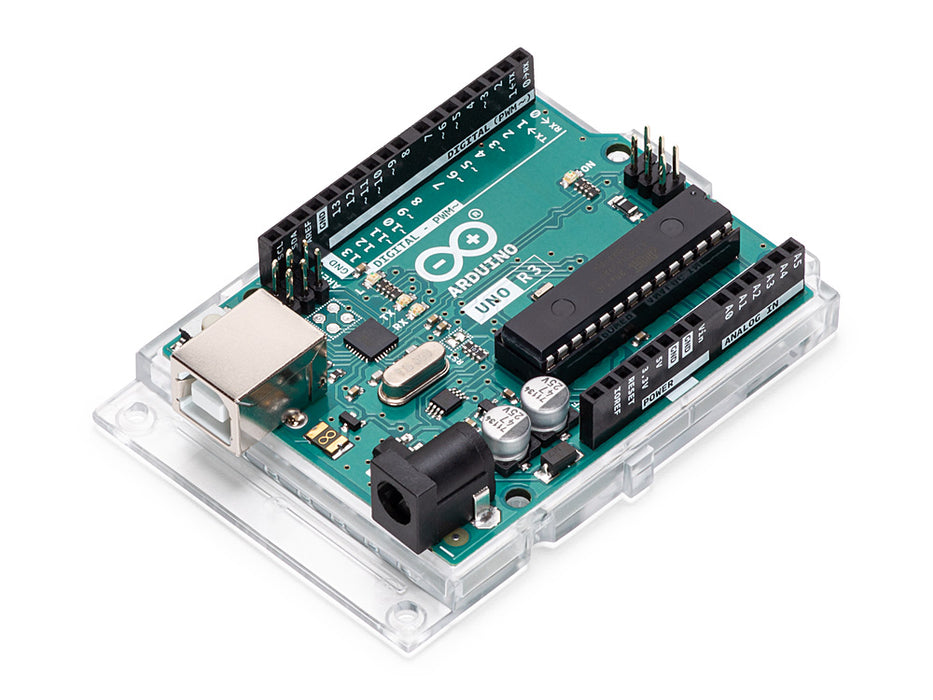
The following illustration shows the wiring. Finally, connect the SW pin to a digital pin #4. Now connect the CLK and DT pins to digital pin#2 and #3 respectively. Start by connecting +V pin on the module to 5V on the Arduino and GND pin to ground. Now that we know everything about the rotary encoder it is time to put it to use! Wiring – Connecting Rotary Encoder to Arduino Each time the knob is rotated by one detent (click) in either direction, the ‘CLK’ output goes through one cycle of going HIGH and then LOW.

This output can be used to determine the direction of rotation.ĬLK (Output A) is the primary output pulse for determining the amount of rotation. When the knob is pushed, the voltage goes LOW.ĭT (Output B) is the same as the CLK output, but it lags the CLK by a 90° phase shift. SW is the active low push button switch output.

VCC is the positive supply voltage, usually 3.3 or 5 Volts. Inside the encoder is a slotted disk connected to the common ground pin C, and two contact pins A and B, as illustrated below. However, rotary encoders are best in situations where you need to know the change in position instead of the exact position. It has 20 digital input/output pins (of which 6 can be used as PWM outputs and 6 can be. You just need to connect Arduino to LCD and use the functions of the library. The Arduino Uno is a microcontroller board based on the ATmega328. Fortunately, thanks to the LiquidCrystal library, this library simplifies the process of controlling LCD for you so you dont need to know the low-level instructions. Potentiometers are best in situations where you need to know the exact position of the knob. Controlling LCD is a quite complicated task. They can fully rotate without end stops while a potentiometer can rotate only about 3/4 of the circle. Rotary Encoders are the modern digital equivalent of the potentiometer and are more versatile than a potentiometer. It has 14 digital input/output pins (of which 6 can be used as PWM outputs), 6 analog inputs, a 16 MHz quartz crystal, a USB connection, a power jack, an ICSP header and a reset button. The rotary encoder used in this tutorial is of an incremental type. Arduino/Genuino Uno is a microcontroller board based on the ATmega328P ( datasheet ). The absolute encoder gives us the exact position of the knob in degrees while the incremental encoder reports how many increments the shaft has moved.

There are two types of rotary encoder – absolute and incremental. A rotary encoder is a type of position sensor that converts the angular position (rotation) of a knob into an output signal that is used to determine what direction the knob is being rotated.ĭue to their robustness and fine digital control they are used in many applications including robotics, CNC machines and printers.


 0 kommentar(er)
0 kommentar(er)
